




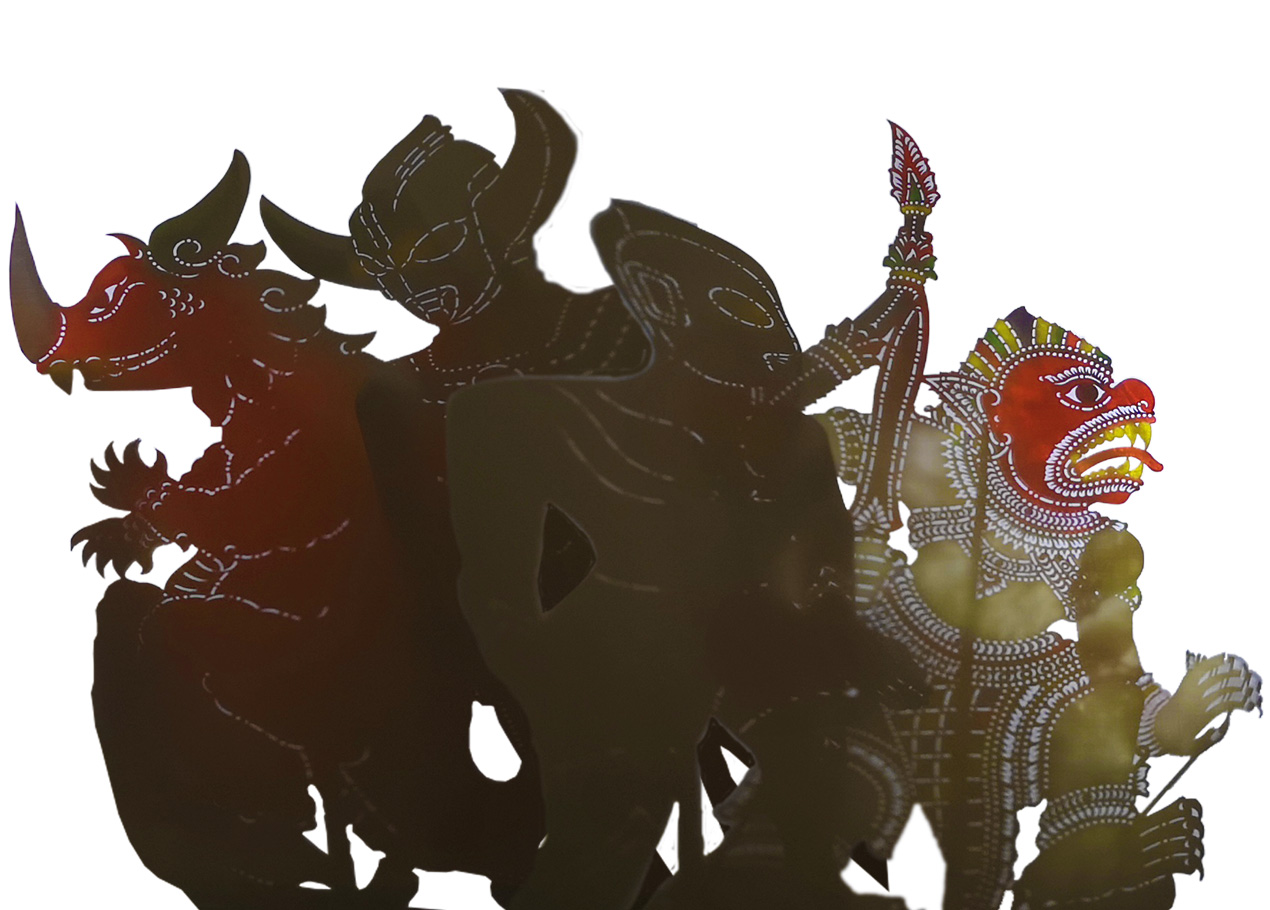
exposed to Malaysian art, heritage and culture through Hasanah’s support for various shows, screenings, theatre productions, workshops, exhibitions, festivals and place-making activities
in 2019, the focus was on preserving Teochew and Wayang Kulit
INITIATIVES TOWARD PRESERVING AND CONSERVING
OUR ARTS, HERITAGE & CULTURAL ASSETS
artifacts documented in Galeria
Perdana Langkawi
researchers supported to develop
mechanised Gamelan
Submitted nomination to National
Heritage Register to include
heritage audio visuals in the
National Heritage Act 2005


Over the years, the process of producing animations has evolved from painstakingly transferring artwork by hand from paper to plastic to the digitalised methods used in newer titles. However, audiovisuals are not limited to animations alone. Films, documentaries and audio recordings fall within this category too, forming a truly rich collection that Malaysians can be proud of. The iconic black and white clip of Tunku Abdul Rahman declaring Malaya’s independence from British rule in Stadium Merdeka is but one meaningful example
Moving images such as that are an expression of the cultural identity of people, be it past or present day society. In terms of the latter it may also represent newer forms of expression constituting contemporary culture. Audiovisuals are a fundamental means of recording the unfolding of events lending it educational, cultural, artistic, scientific and historical value. It is because of such materials that we are able to relive sporting victories, practices of a particular community which may now be obsolete and other moments of great significance.
Yet, and for too long now, audiovisuals have been underrated and their role as part of the nation’s heritage under appreciated. In a country as diverse as ours — whether you subscribe to the melting pot or salad bowl concept, or the more localised rojak reference, for the matter — the omission of this medium from Malaysia’s social, cultural and historical narrative could be viewed as a disservice to society and one that Kristal Azmir Sdn Bhd (Kristal Azmir) feels strongly about. With its World Heritage Moving Image Centre (WHMIC) programme as a vehicle, they set out to disrupt the status quo, saving these precious material from being buried by the sands of time.
“WHMIC is a long-time ambition that we have wanted to play a serious role in but financial constraints have been an obstacle,”
says Azharul Azmir Kamarulzaman who is thankful that Hasanah understands the significance and importance of audiovisuals hence making this initiative possible. He is the Managing Director of Kristal Azmir, that is known to be an entity in the audiovisual space and film appreciation club advocator.
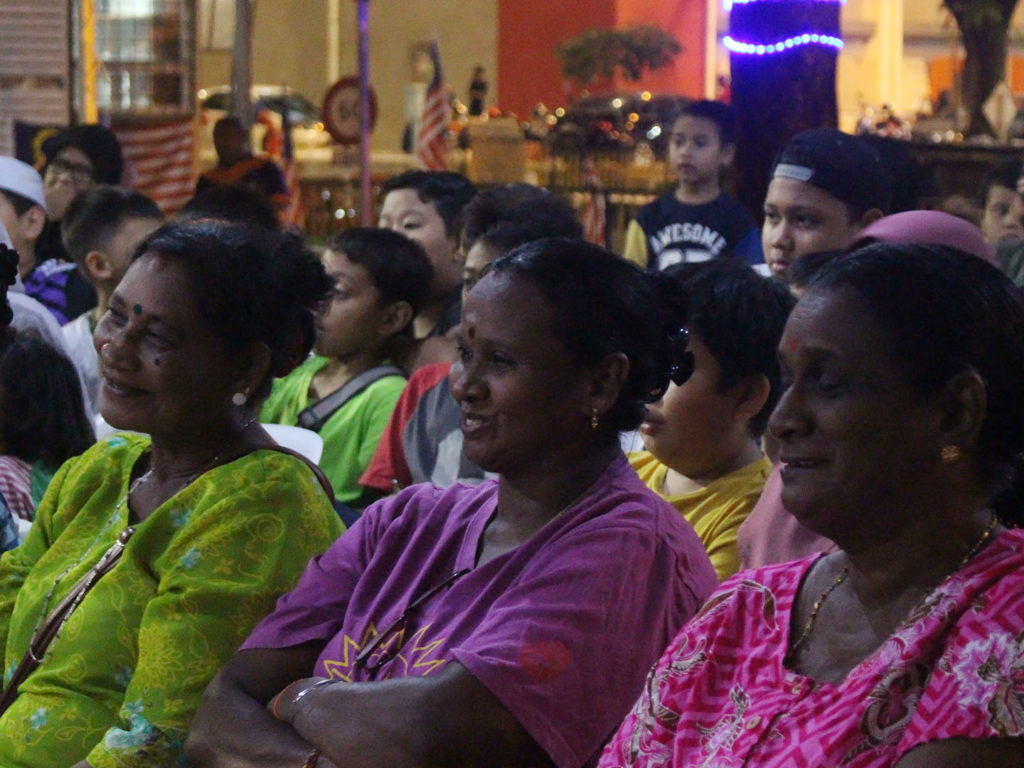
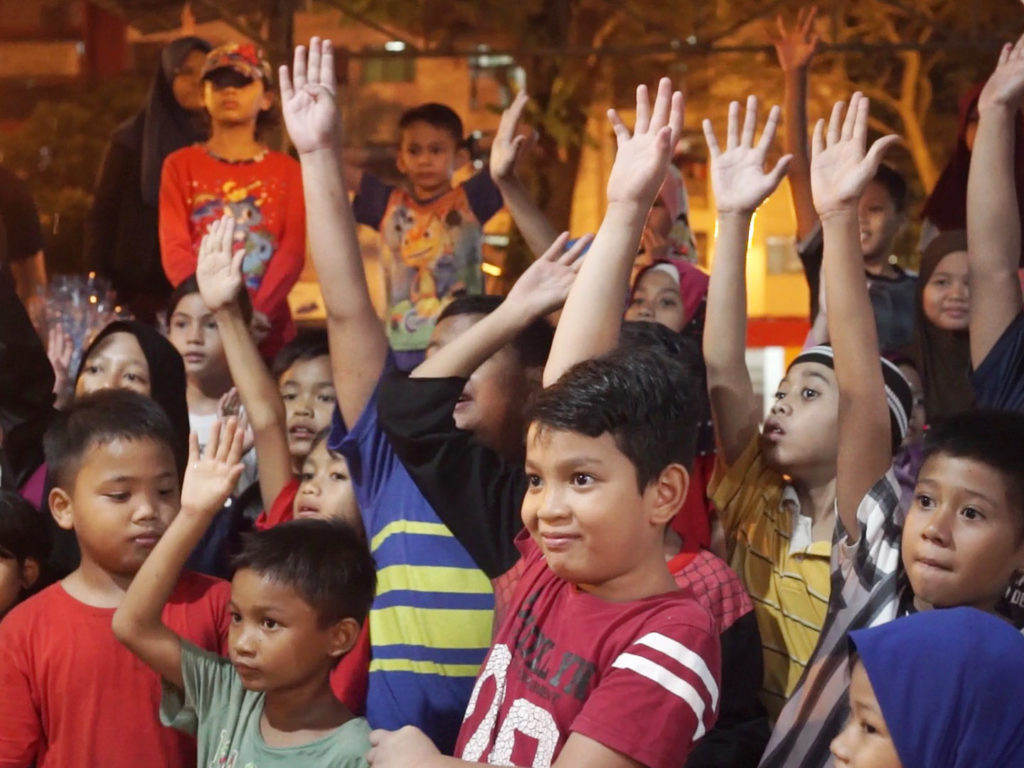
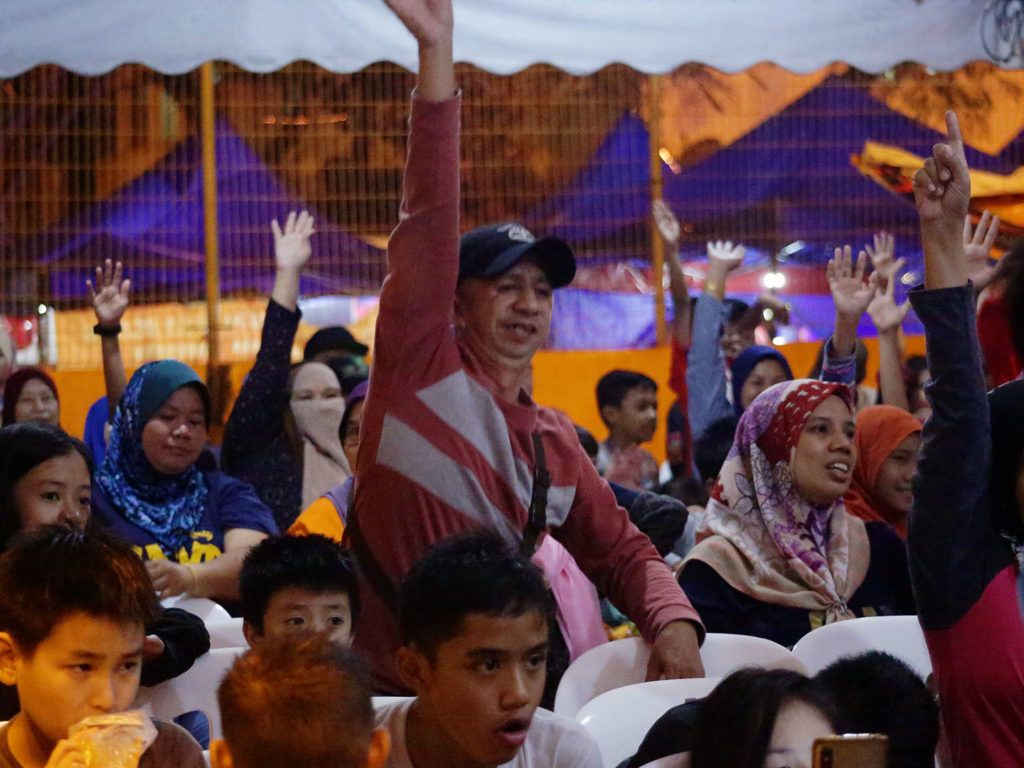
In 2005, UNESCO approved the commemoration of a World Day for Audiovisual Heritage marking a commitment to safeguarding important audiovisual material. This would ensure their public accessibility not only now but also for future generations.
Locally, the Eleventh Malaysia Plan saw a step in the right direction as far as preservation of audiovisuals go. The gems that for decades lay in the archives of the National Film Development Corporation Malaysia (FINAS) and RTM were digitised under an initiative that Hasanah’s head of Arts and Public Spaces, Zainariah Johari believes will appeal to the younger generation.
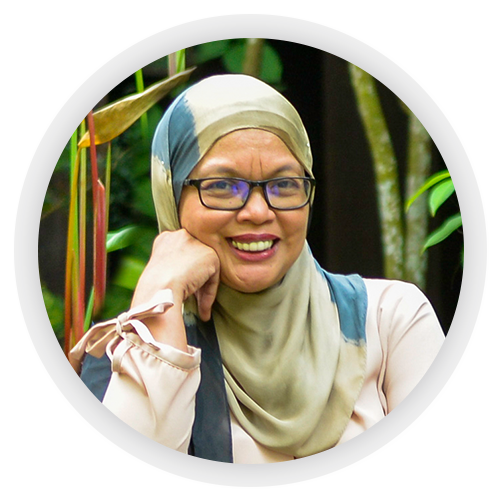
With digital natives being the successors, the initiative will be able to attract them to have an interest in this nation’s history that has been recorded via many interesting, important and significant incidents. Traditionally speaking, preservation has been done in response to the threat of destruction of the materials and to allow for future use. In current times, more and more of that knowledge is being stored electronically.
Zainariah Johari - Head of Arts & Public Spaces
To complement existing conservation efforts, it is the intention of WHMIC to build awareness amongst civil society pertaining to audiovisuals that are at least two decades old and of historical, social and cultural significance. After all, as the Malay proverb goes, tak kenal maka tak cinta (If you dont know, you wont love).
The 22 activities carried out by WHMIC covered three aspects that were key to its very formation namely fostering awareness, increasing public accessibility and advocating national recognition. Its ultimate goal, for audiovisuals to be recognised as national heritage.
Currently, they are not deemed such as per Section 67 of the National Heritage Act 2005 and therefore, not under the purview of the Department of National Heritage. But the fruits of labour are already beginning to reveal themselves. Resulting from Bengkel Pencalonan Daftar Warisan — Khazanah Audiovisual, one of eight programmes it executed, the department has asked WHMIC to prepare paperwork for the National Heritage Council to deliberate upon the matter.
In researching the lack of attention towards audiovisuals, Kristal Azmir also regrettably noted that there was neither a section in the National Museum dedicated to it nor was it a component of the national education system. But these too are slowly changing for the better. Discussions are ongoing with three state museums to make audiovisuals accessible to the public while screenings sessions under Jelajah Apresiasi Warisan Khazanah Audiovisual introduced the medium to students and teachers in a number of schools.
“The support rendered by Yayasan Hasanah to this project transcends financial aspects to include a more important element — lending credibility to WHMIC in ways that build confidence in the hearts and minds of various other parties to collaborate with us and make this initiative a success.”
- Azharul Azmir Kamarulzaman
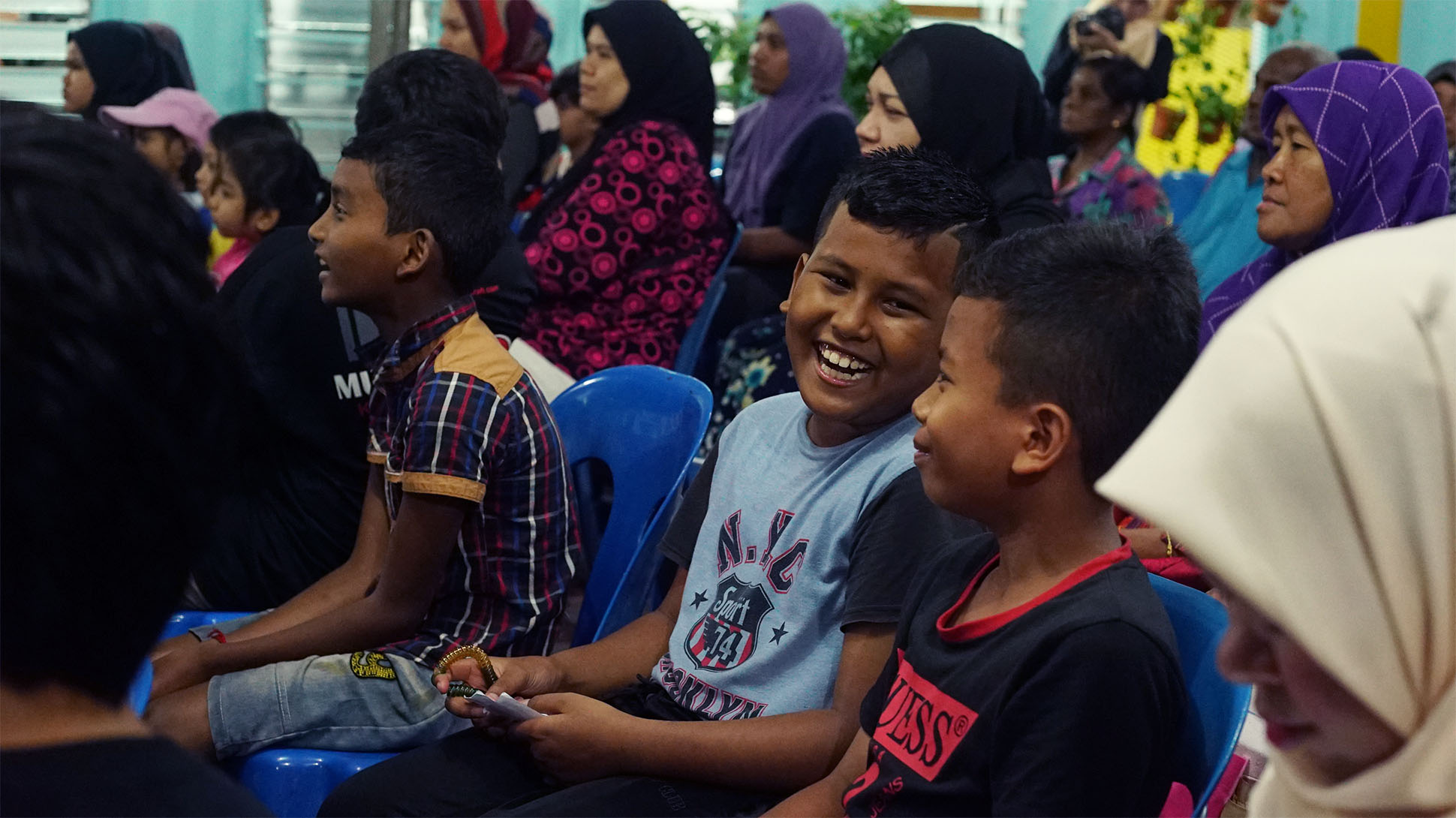
“Programmes and activities carried out from this initiative have allowed for WHMIC to be recognised as a stakeholder. Co-operation with various parties within the sector that share common goals have gained confidence and recognition from local and international agencies,”
says Azmir citing United Nations Educational, Scientific and Cultural Organization (UNESCO), Asia Culture Centre (ACC), Memory of The World Committee for Asia and the Pacific (MOWCAP) dan Southeast Asia Pacific Audiovisual Archive Association (SEAPAVAA) as such parties.
In fact, UNESCO, ACC and MOWCAP have also pledged their support for a book titled Khazanah Audiovisual Negara that Kristal Azmir will be publishing as part of their deliverables under WHMIC.
Under Jelajah Apresiasi Warisan Khazanah Audiovisual, five primary schools, five secondary schools and six PPR communities — chosen upon consultation with the Ministry of Education, Ministry of Federal Territories and KL City Hall — participated in audiovisual screenings of selected archived collections. A total of 2,151 students, 30 teachers and 1,043 residents attended. The main challenge was adapting the approach for each audience.
While the preferences and responses of the participants varied, one commonality stood out.
“Participants were generally not aware that we have collections from yesteryears, dating back decades. Overall, they were interested to learn more and to find out what other treasures await in the nation’s archives…We believe this is a good start and appreciation will flourish,”
“Where there is a challenge, therein also lies an opportunity to put more work into it. This in itself renders the initiative extremely important,”
Azmir says indicating that efforts do not end here and that there is more to come.
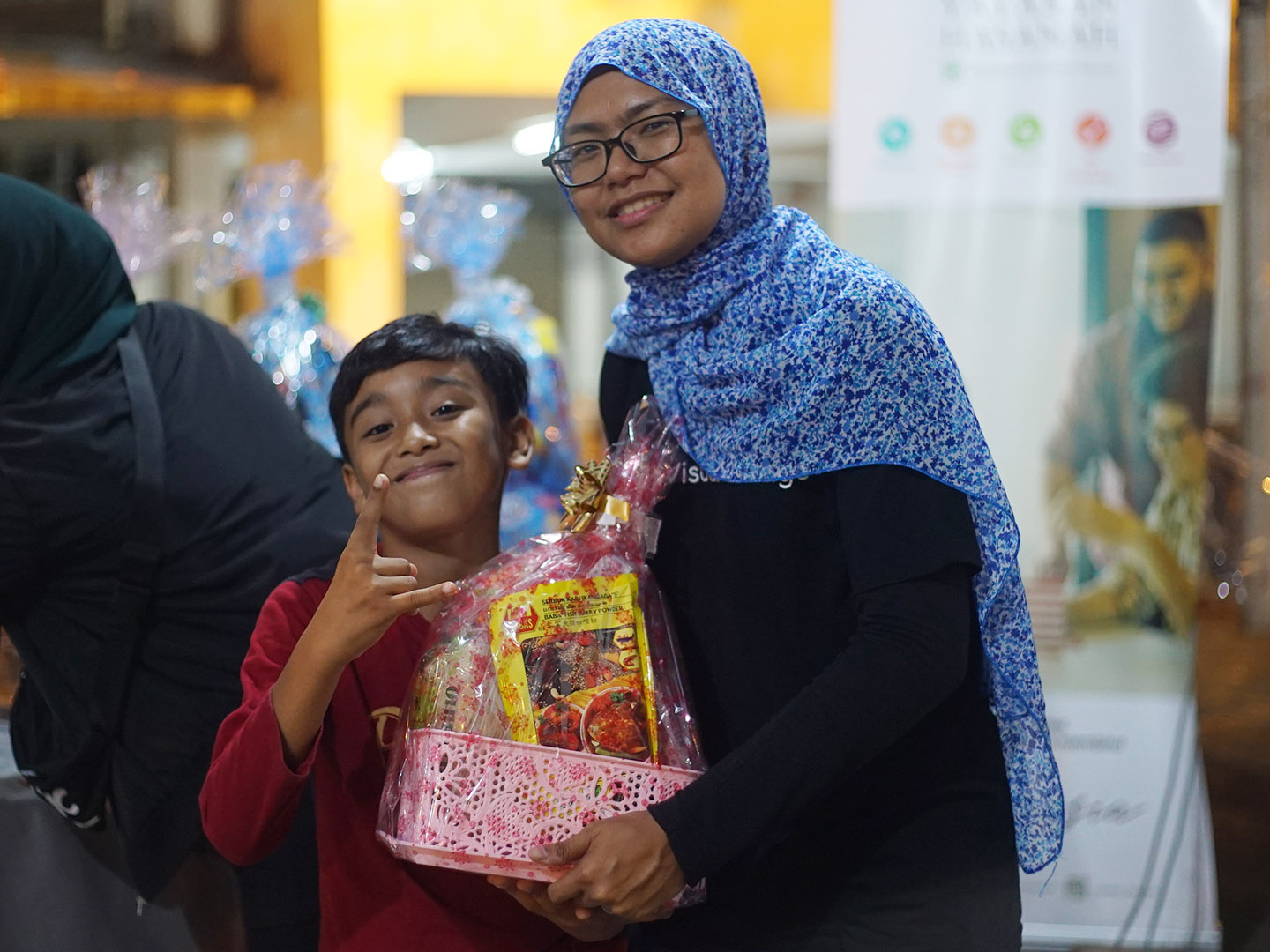
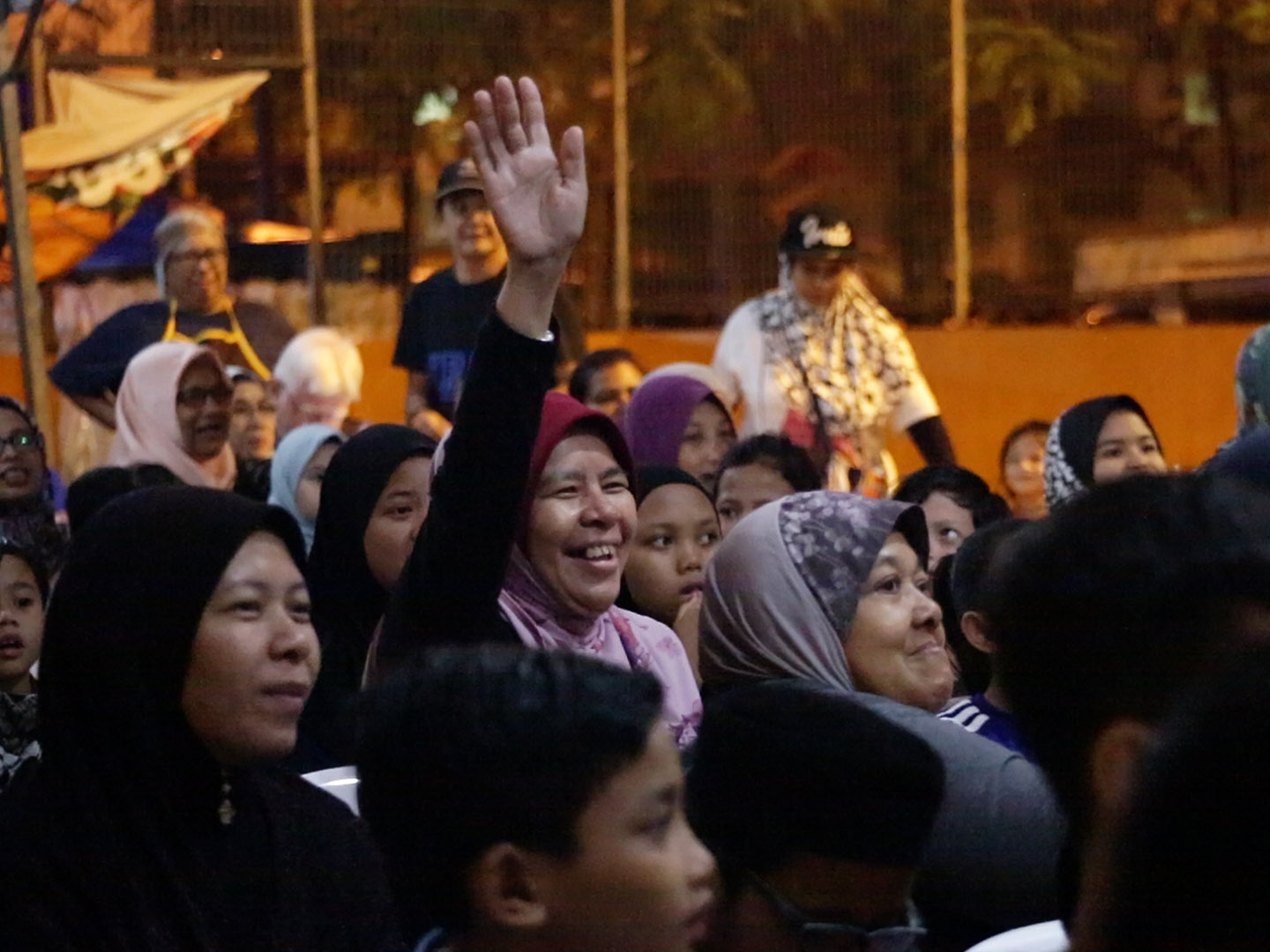
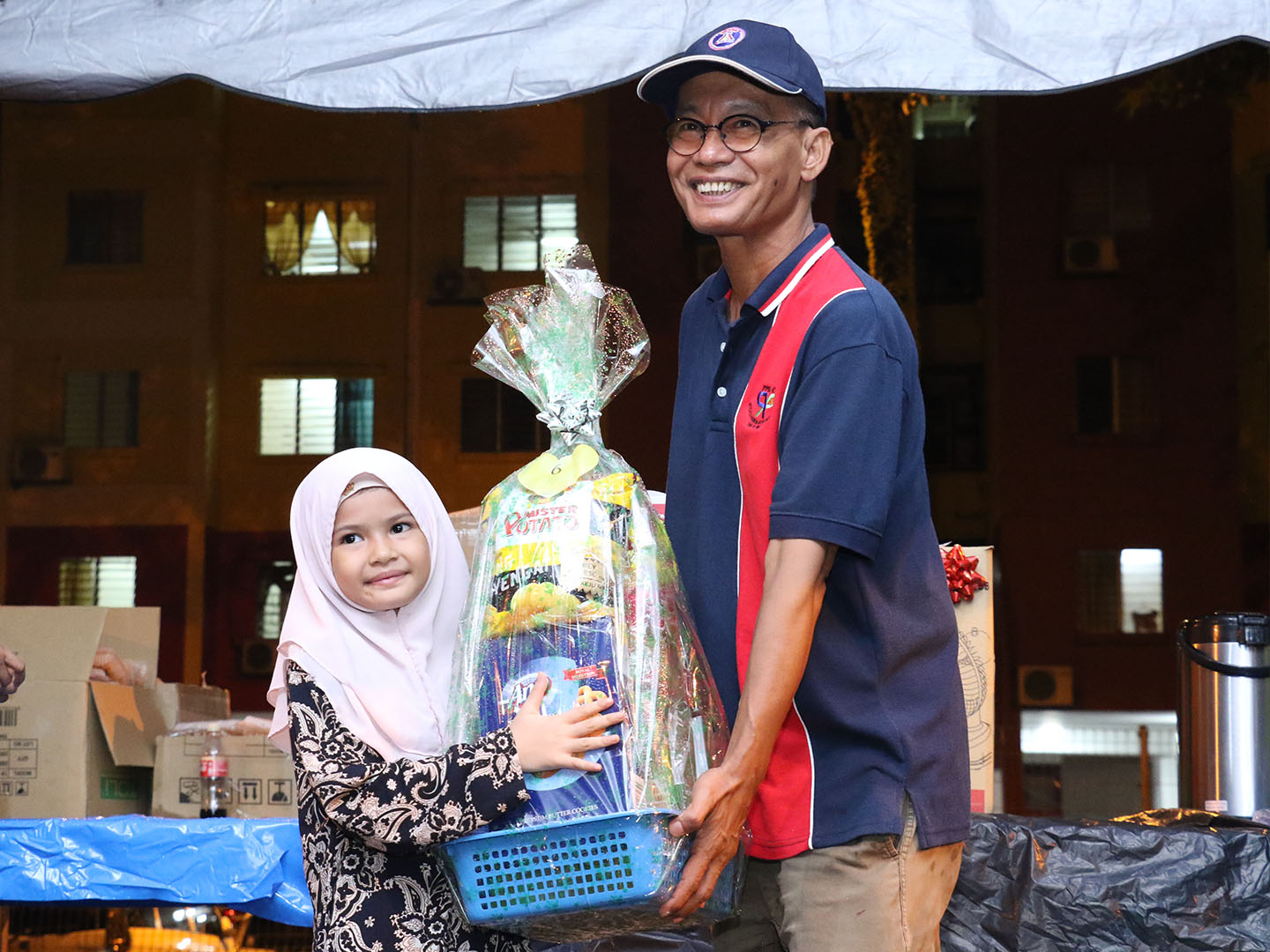
Over a short twelve months, as threads are to tapestry, all the WHMIC programmes — distinct yet significant in its own right — have come together beautifully to weave a masterpiece that is a newfound appreciation for moving images. And in doing so, have brought the forgotten medium of audiovisuals that much closer to gaining the official recognition it undoubtedly deserves.
We also work with other partners in Arts & Public Spaces.
Click on them to see what they have been up to.
© 2020 Yayasan Hasanah. All Rights Reserved.
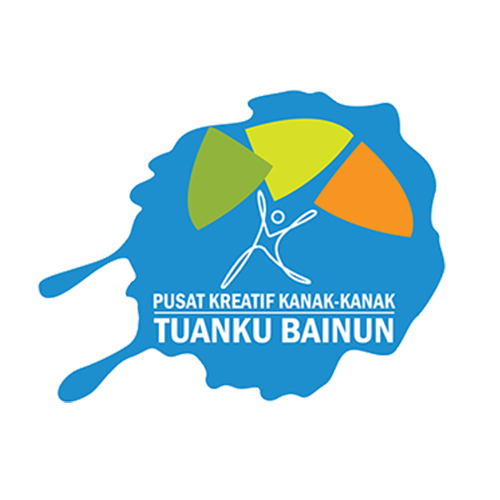
In an enhanced version of the Alam Kreatif programme from 2018, this partner continues to provide a safe haven for the young generation to explore creativity and appreciate the arts, heritage and culture, in line with the objectives of Hasanah’s arts pillar. Creative classes cater to children from marginalised communities through sponsored classes for the less privileged and the underserved.

Utilising an edutainment angle, this content development specialist strives to promote awareness on the arts, heritage and culture (AHC) through the implementation of an AHC Design Thinking Module targeting schools in Perak, Pahang, Selangor, Negeri Sembilan, Wilayah Persekutuan KL and Putrajaya.
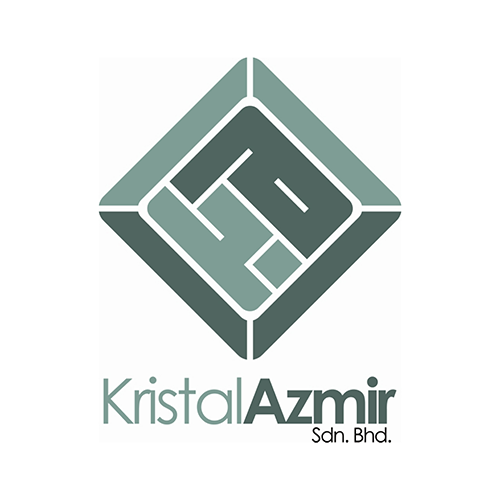
Under the World Heritage Moving Image Centre, screening of heritage films took place at selected public spaces, schools, universities and cinemas to expose members of the community to the at times overlooked segment of the country’s heritage, specifically focusing on films produced between 1950 and 1960.

Combining a love for food and urgent need for a sustainable ecosystem to preserve culinary heritage, FriedChillies through its Projek KWIH (Kuih, Warisan, Ihsan Haridepan) is dedicated to tracing and documenting heritage kuih recipes — as published in the book titled Around West Coast Malaysia in 80 Days — before they are lost forever.

A team of researchers, writer, graphic designer, photographer and historian undertake the tasks of narrating and documenting 300 out of 9,150 momentoes exhibited at Galeria Perdana Langkawi with in-depth research and accuracy. Its objective, encouraging public appreciation while creating reference points for arts or artefacts from around the globe.
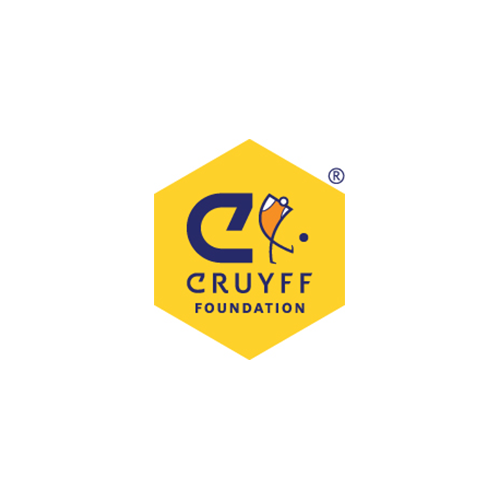
The Cruyff Foundation continues its mission of providing as many children around the globe with safe, inclusive playing spaces within their locality known as Cruyff Court. Developed on the conviction that sports and play are an important part of a child’s proper, healthy development, it also fosters personal development, self-confidence, and connection — things that children the world over are entitled to.
The Hasanah Report 2019